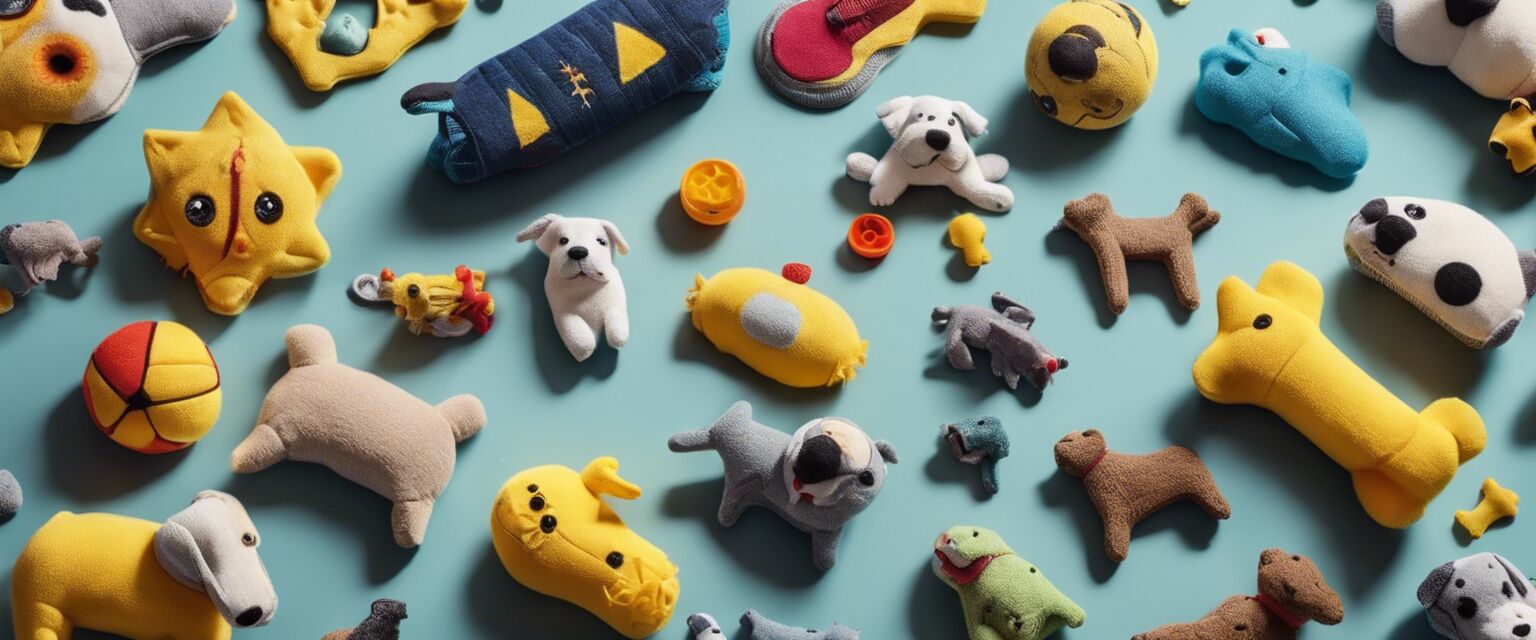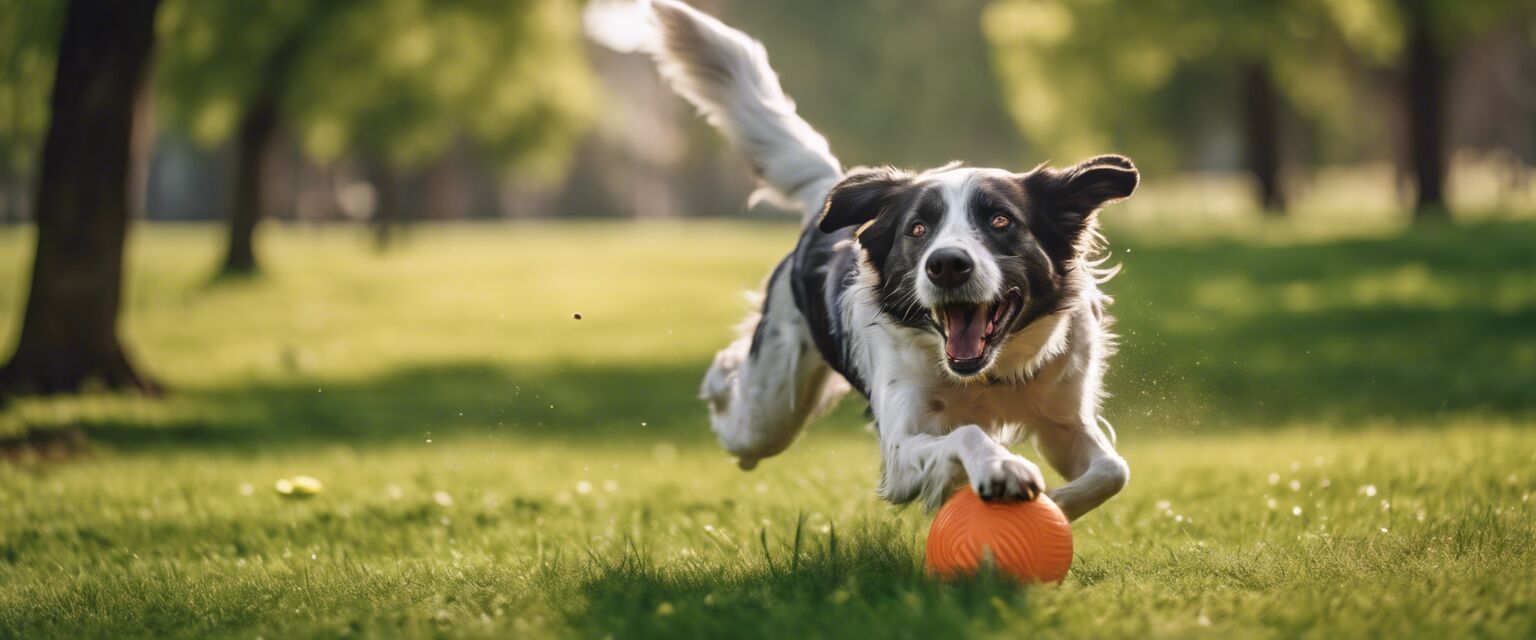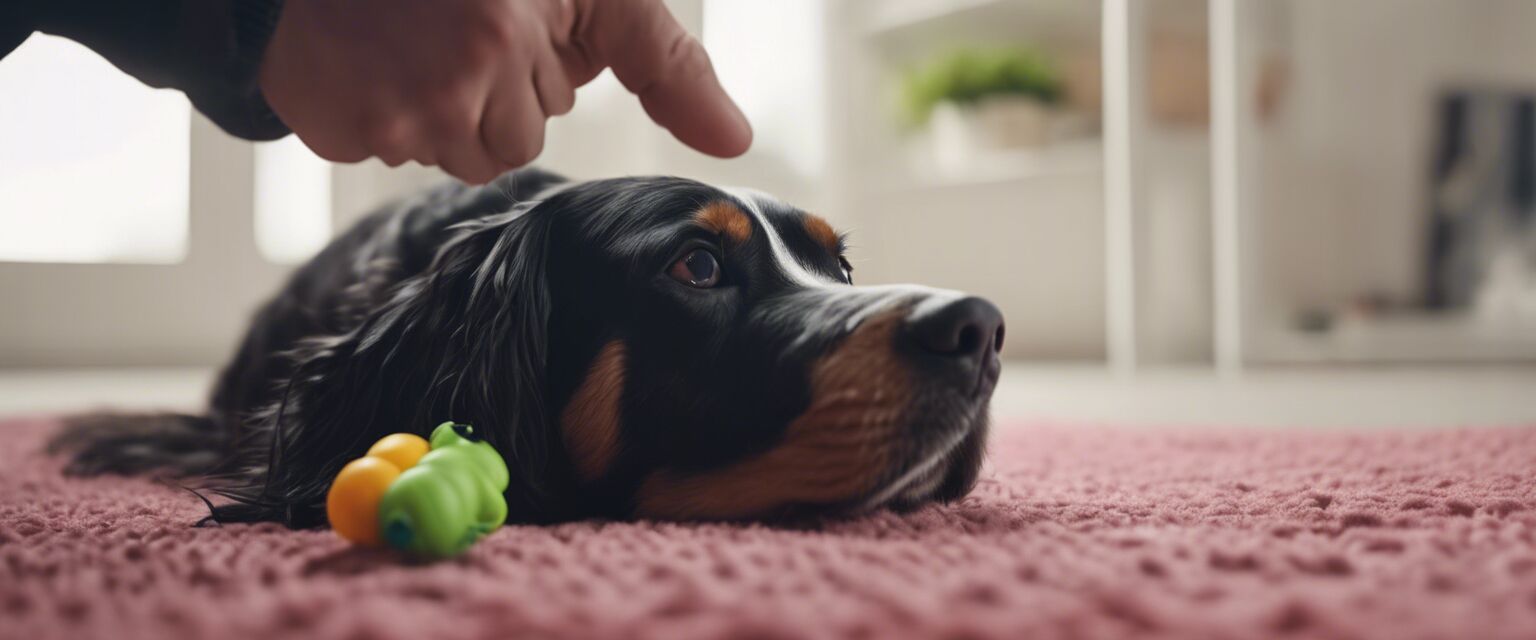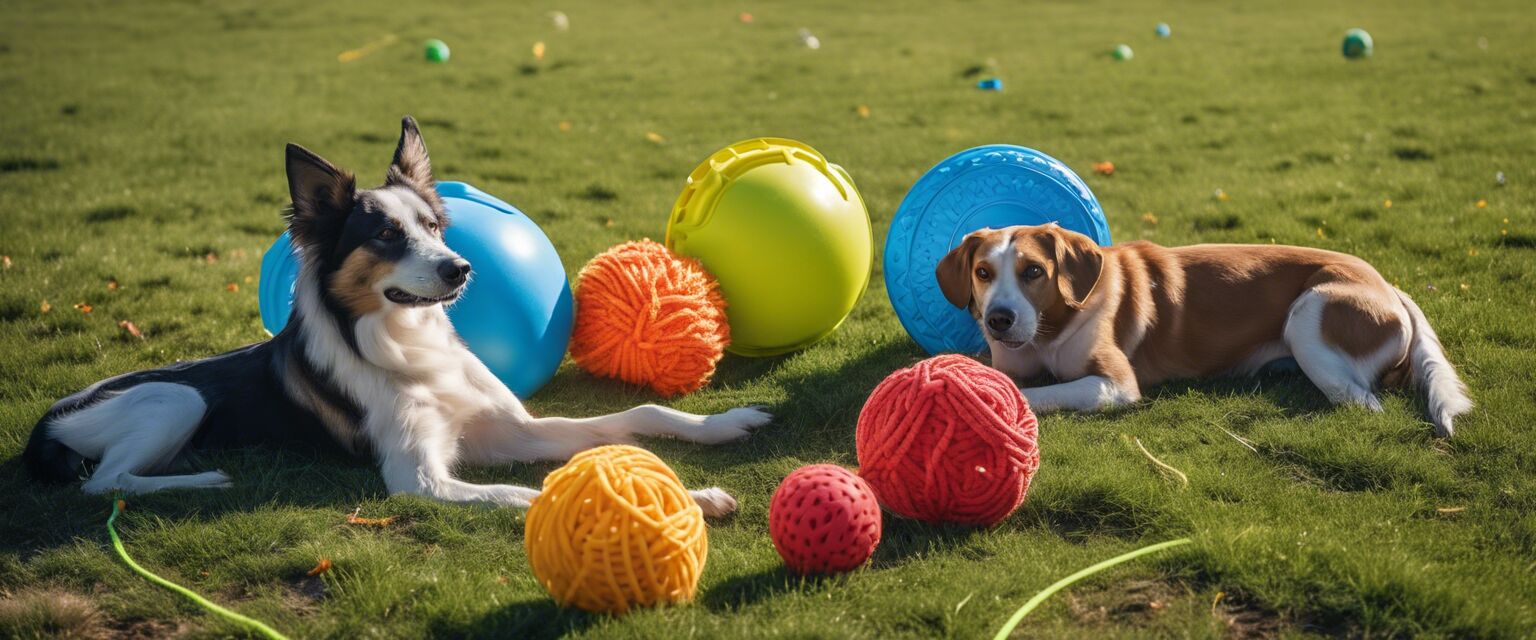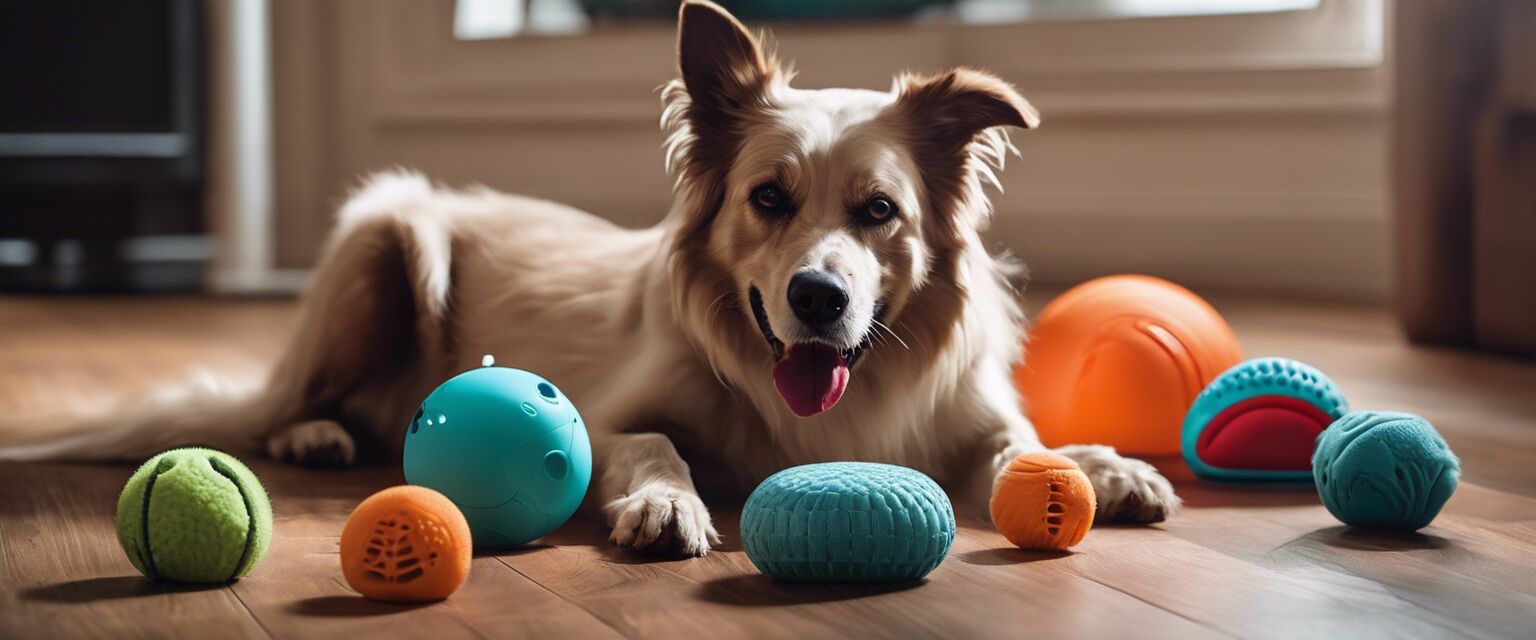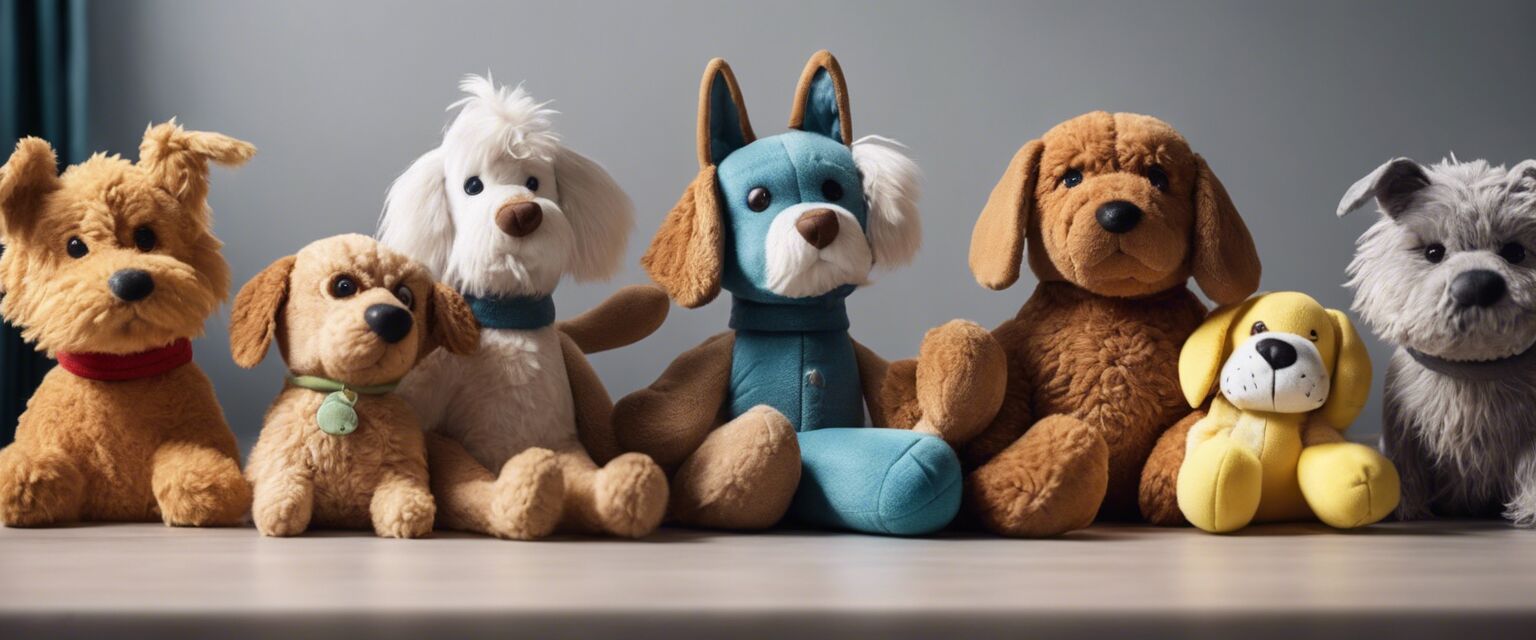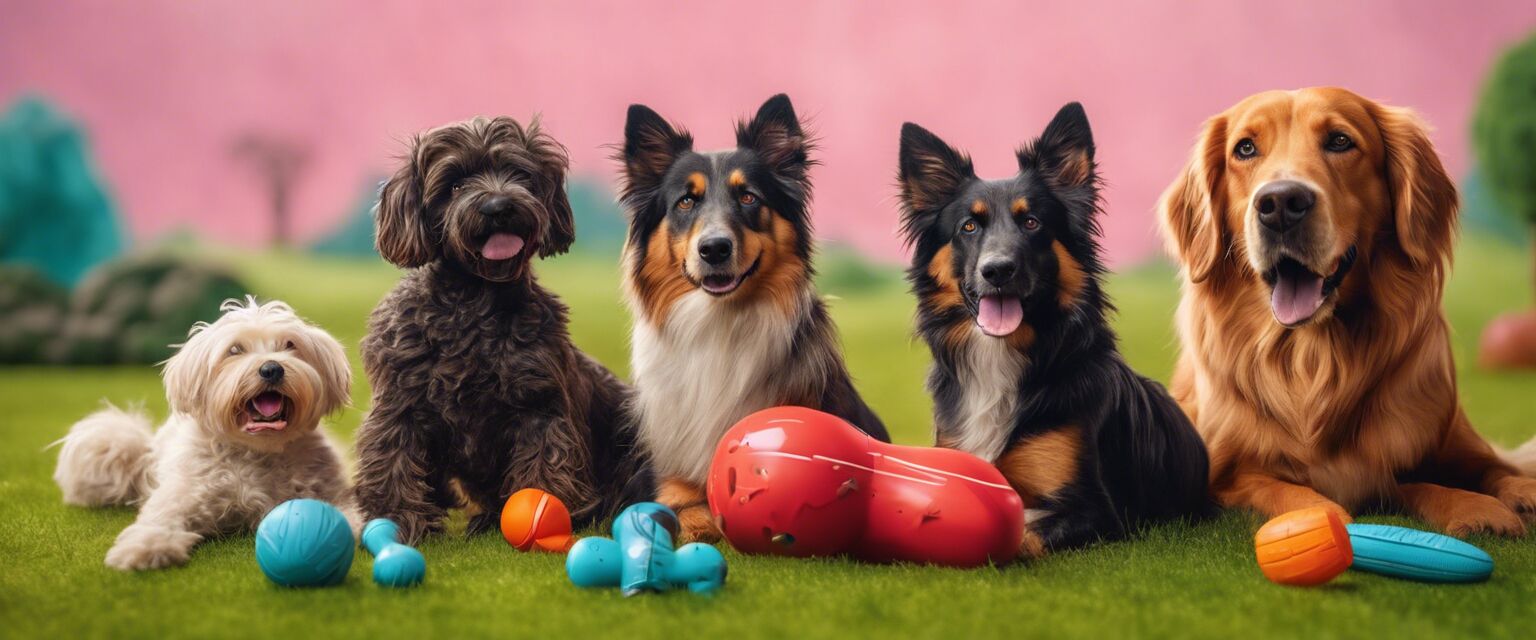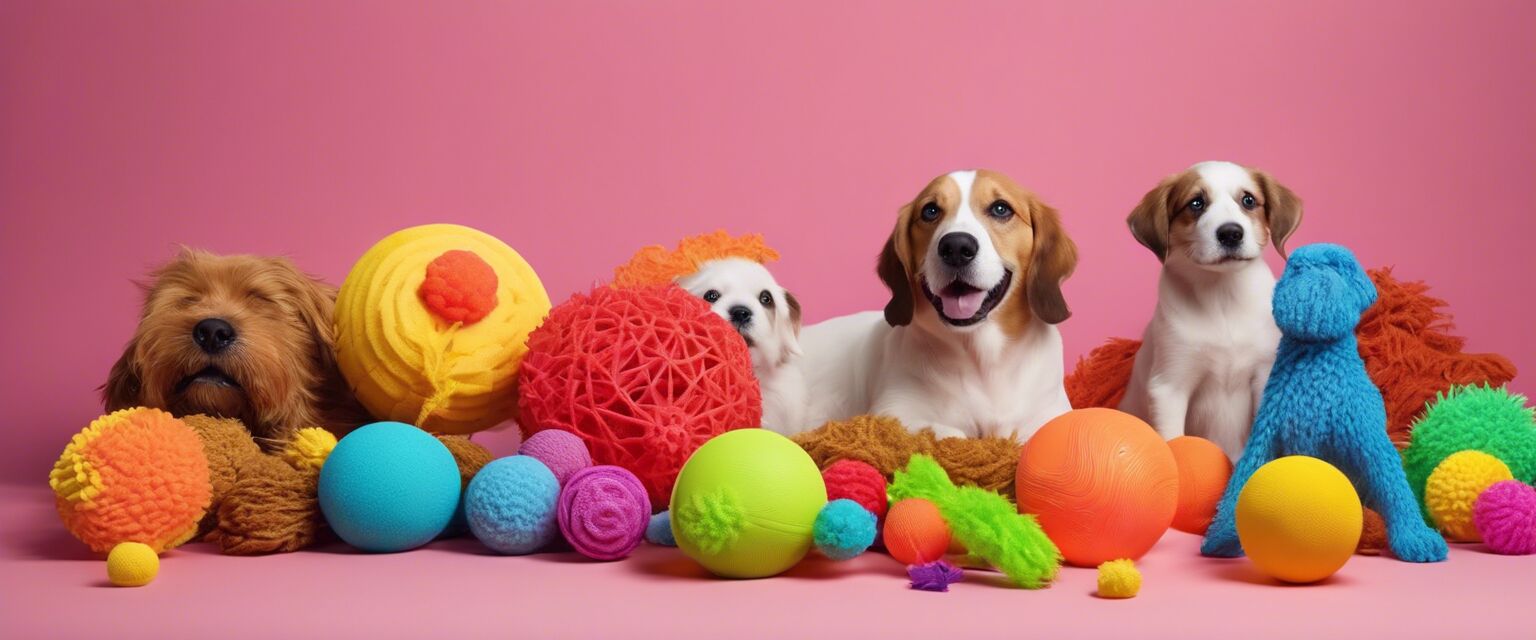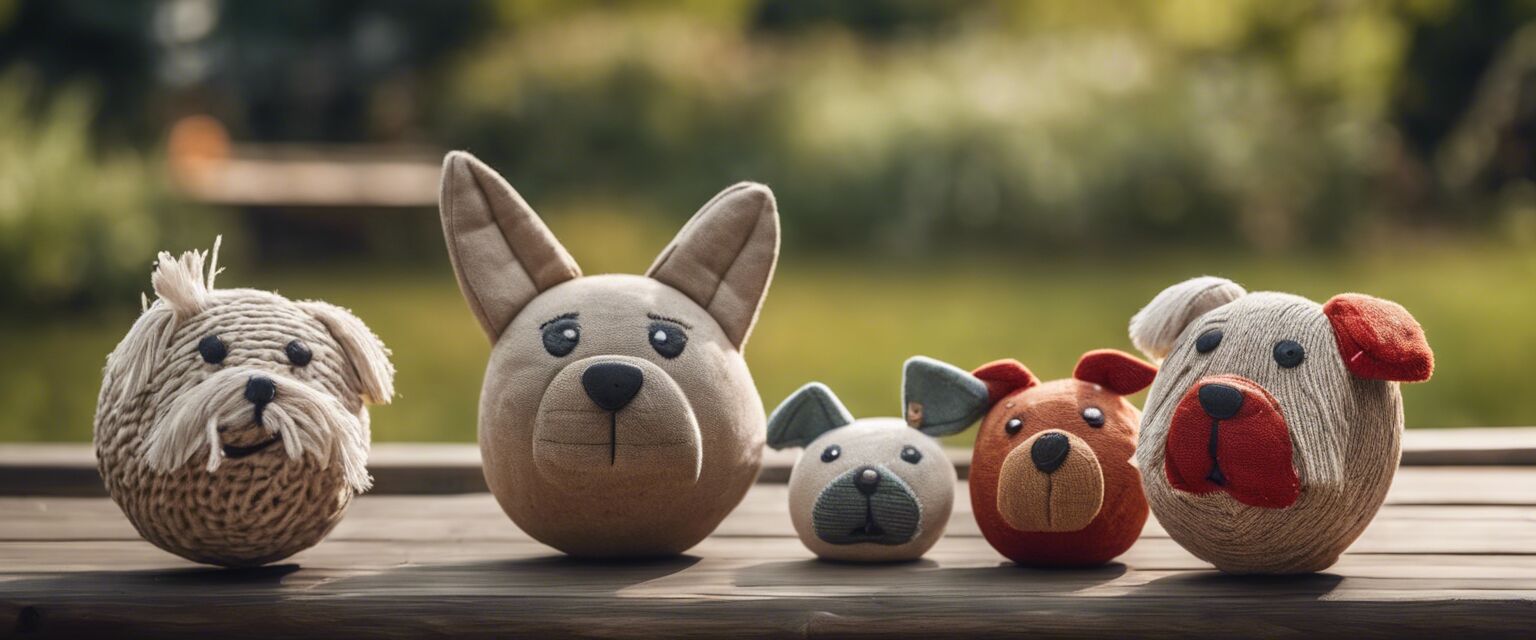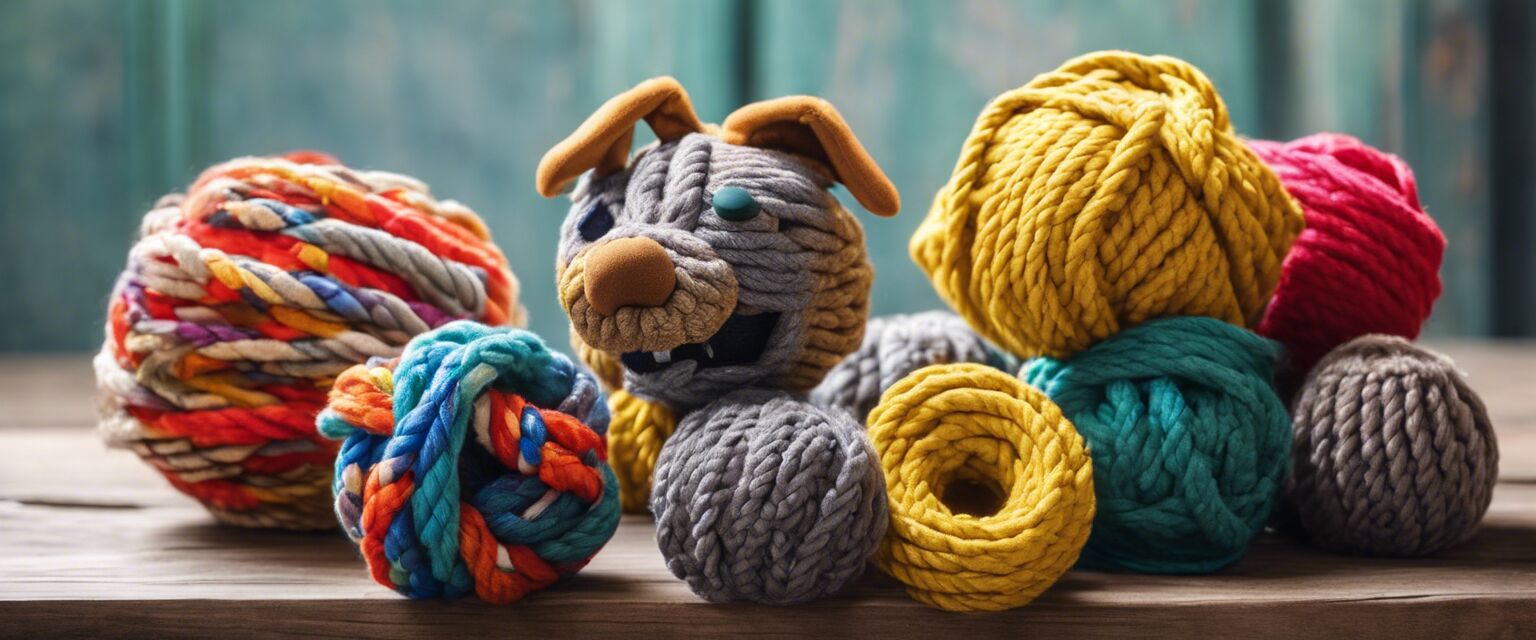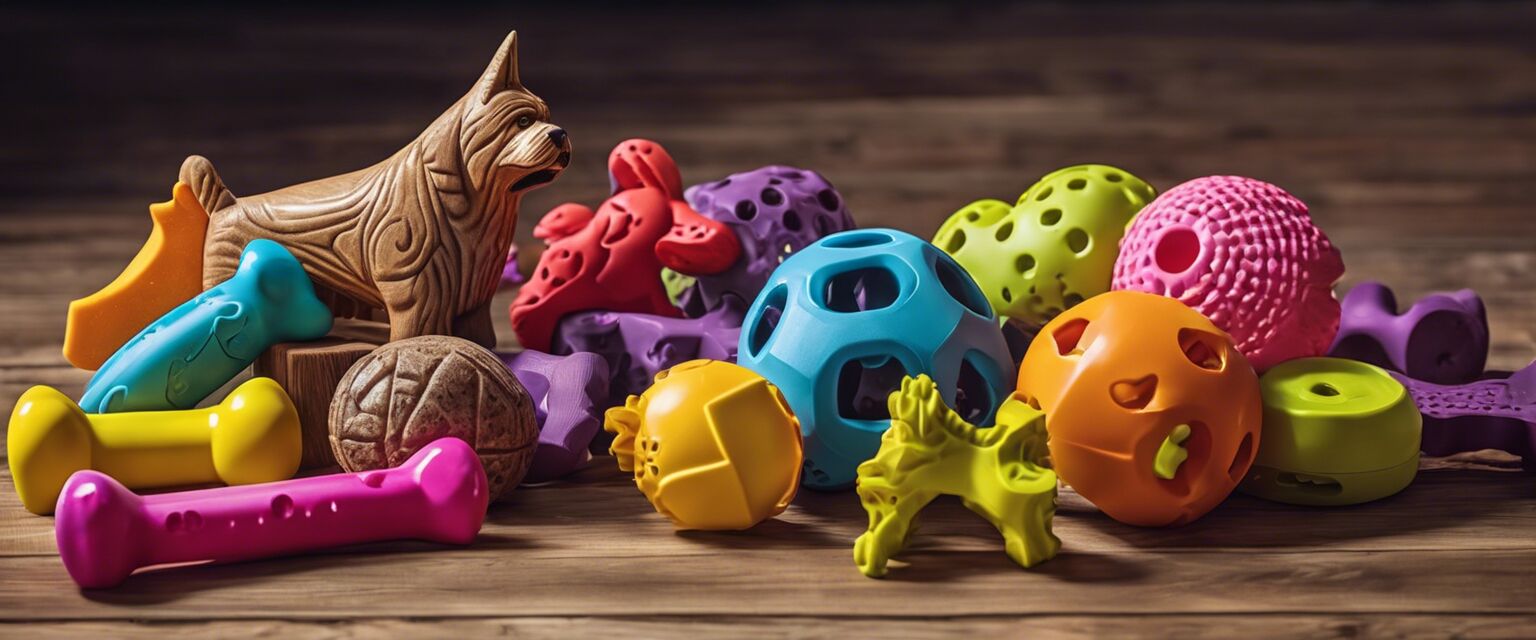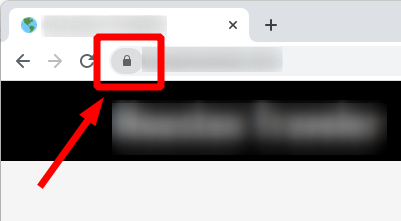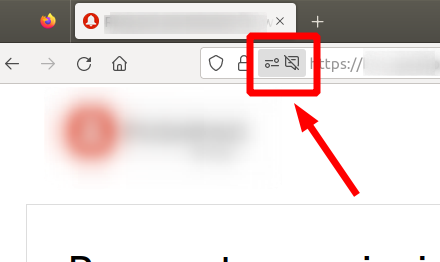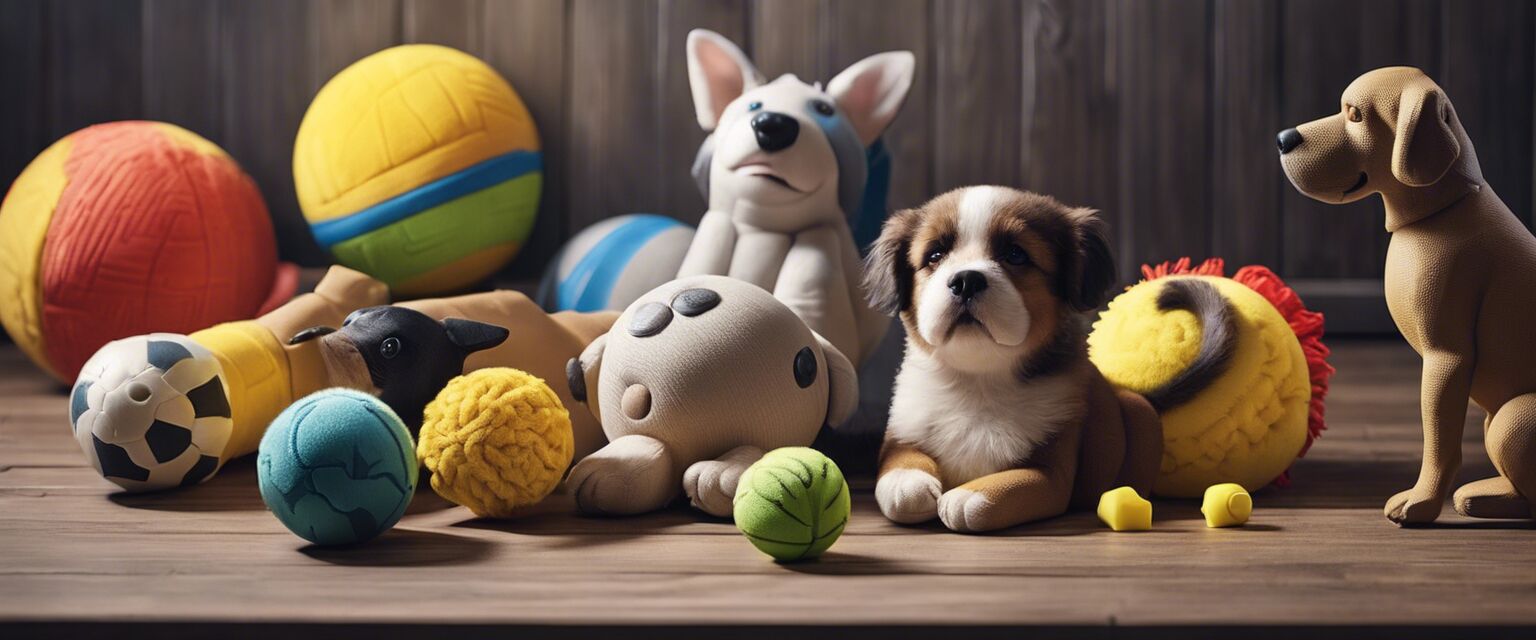
Dog Toy Safety
Key Takeaways
- Always supervise your dog when they are playing with toys.
- Select toys that are appropriate for your dogâs size and chewing habits.
- Regularly inspect toys for wear and tear.
- Choose toys made from non-toxic, durable materials.
- Be aware of the potential choking hazards and avoid small parts.
As a pet owner, ensuring the safety of your dog during playtime is of utmost importance. This article provides essential information on dog toy safety, practical tips for pet owners, and what to look for when selecting toys. Understanding your dogâs play style and the materials used in their toys can help prevent accidents and keep your furry friend engaged efficiently.
Understanding dog toy safety
Dog toys can provide mental stimulation and physical activity for your pet. However, not all toys are created equal. Safety concerns arise from improper materials and unsuitable sizes. To help you select the best toys for your dog, letâs dive into some key aspects of dog toy safety:
Types of dog toys
- Chew toys â Designed to withstand strong bites.
- Fetch toys â Perfect for outdoor play and exercise.
- Interactive toys â Engage your dogâs brain.
- Plush toys â Soft and cuddly, ideal for gentle chewers.
- Treat dispensing toys â Encourages problem-solving and rewards.
- Water toys â Ideal for fun in the pool or at the beach.
Choosing safe materials
Materials play a crucial role in the safety of dog toys. Here are some commonly used materials along with their safety ratings:
| Material | Safety Rating | Notes |
|---|---|---|
| Natural rubber | High | Durable and non-toxic |
| Plastic | Moderate | Check for BPA and phthalate-free options |
| Fabric | Varies | Consider heavy-duty stitching for durability |
| Silicone | High | Flexible and often dishwasher safe |
Common hazards in dog toys
Being aware of potential hazards can help you avoid tragic accidents. Here are some common concerns:
- Choking hazards: Be cautious of small pieces that can break off and be swallowed.
- Sharp edges: Examine toys for rough spots that could injure your dogâs mouth.
- Toxic materials: Always verify that toys are free from harmful chemicals.
- Size appropriateness: Toys must be suited to your dogâs size to prevent accidental ingestion.
Regular inspections
To ensure safety, regularly inspect your dogâs toys. Look for:
- Cracks or tears that could lead to small pieces breaking off.
- Any loose eyes or attachments that can be chewed off.
- Decreased elasticity or structure.
Tips for safe playtime
Beginner's Tips
- Always supervise your dog during playtime.
- Choose toys from reputable brands known for safe materials.
- Rotate toys to keep your dog interested and engaged.
- Give specific toys for specific activities (e.g., fetch toys), so your dog knows how to interact with them.
- Consider your dog's behavior and choose toys that fit their play style.
Conclusion
Ensuring the safety of your dog during playtime is a responsible and necessary task for every pet owner. By familiarizing yourself with safe materials, types of toys, and common hazards, you can create a fun and secure play environment for your beloved pet. Remember to monitor your dog while they play and regularly inspect their toys to avoid potential dangers.
Pros
- Encourages physical and mental stimulation.
- Strengthens the bond between pet and owner.
- Can reduce boredom and destructive behavior.
Cons
- Not all toys are safe or durable.
- Risk of choking on small parts.
- Some materials may be toxic.
FAQs
Here are some frequently asked questions about dog toy safety:
How can I tell if a dog toy is safe?
Look for toys that are rated for your dog's size and breed, made from non-toxic materials, and free from small parts.
Should I wash my dog's toys?
Yes, you should regularly clean your dog's toys to remove dirt and bacteria. Consult the manufacturer's instructions for proper cleaning methods.
What should I do if my dog swallows a toy piece?
If your dog swallows a piece of their toy, contact your veterinarian immediately for advice.
How often should I replace my dog's toys?
Inspect toys regularly and replace them as soon as they show signs of wear or damage to ensure your dog's safety.
Can dogs have toys made from recycled materials?
Yes, but ensure that the recycled materials are non-toxic and safe for your dog to chew on.
Additional resources
For further reading on dog toys and safety, check out our related articles:
- Best fetch toys for dogs
- Interactive toys for mental stimulation
- Choosing the right plush toys
- Top treat dispensing toys for training
- Fun water toys for summer play
Related images
To visualize how various dog toys can look and feel, take a look at some popular options:
